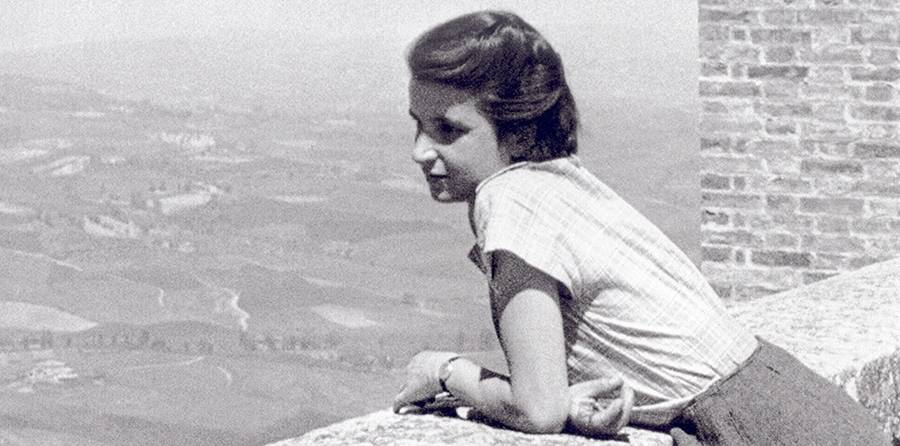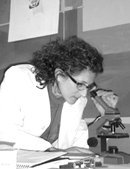Clarity, Relationship–Building & the Double Helix

Successful leaders understand that transparency is essential for good relationships and innovation. They have learned not to fall into the trap of thinking: “Oh, we’ve done this type of thing hundreds of times before, everyone will just know what to do.”
It’s 1952. The race is on to discover ‘the secret of life’. Researchers from around the world are desperate to figure out the structure of DNA. Surely the scientist that does will win the Nobel Prize.
There’s Linus Pauling working alone in California. In England, at Cambridge, there’s James Watson and Francis Crick. And at King’s College in London, there’s Maurice Wilkins and Rosalind Franklin.
History shows that Watson and Crick, with help from Wilkins, won the race. But what happened to Franklin?
Photograph 51 tells the story of how the driven young physicist Rosalind Franklin was kept out of the history books and how King’s College lost the opportunity to claim the discovery of the double helix solely as it’s own.
In December of 1950 J. T. Randall, the director of the laboratory at King’s, invited Rosalind Franklin to create and head up an x-ray diffraction unit at the College.
Maurice Wilkins, the deputy director of the lab, leaves for his Christmas holiday under the impression that Rosalind has been hired to be his assistant. When he returns he discovers that Rosalind is in charge of the new lab. She is already hard at work building cameras and taking photographs of DNA.
Years later, in an interview with NOVA, he acknowledges that: “…this created a very stressful environment.” The result of this stress is that Wilkins begins to spend time in Cambridge with his old friend Francis Crick.
As Rosalind begins taking x-rays of DNA, Wilkins begins sharing her work with his old friend Crick and Crick’s new colleague James Watson.
In 1953 Watson and Crick build the now-famous model that establishes the structure of DNA, but the evidence for that model actually came from photo #51, an x-ray taken by Rosalind at J. T. Randall’s lab in King’s College.
By the time the Nobel Prize is awarded in 1962, Rosalind is dead of ovarian cancer and lost to history. And J. T. Randall, at Kings College, has to share the glory of his employee, Wilkins, winning the award with the rival team from Cambridge.
Randall had assumed that two intelligent scientists would be able to work together without instruction from him. He didn’t understand the importance of relationship–building as a key component of successful research. He failed in his leadership. By not setting clear expectations with Wilkins about the work that Rosalind Franklin was to do, he destroyed the spirit of collaboration in his own lab.
Successful leaders understand that transparency is essential for good relationships and innovation. They have learned not to fall into the trap of thinking: “Oh, we’ve done this type of thing hundreds of times before, everyone will just know what to do.” Or, as in Randall’s case: “I tell people things on a need-to-know basis.”
Instead, they are rigorous and proactive about setting clear expectations.
Here are a few best practices of how to build good relationships by creating well-defined expectations:
At the beginning of every project be specific about who is to do what and by when.
- How will success be measured?
- How often will people be expected to meet?
- What resources are available to the project?
- What resources are off limits?
At the first project meeting – even for a team that has worked together many times – set clear ground rules.
- Who will facilitate?
- What are the consequences for missing a meeting?
- How will respect for each other’s ideas be maintained?
- How will the team solve disagreements?
- At what point will it be important to pick up the phone and have a conversation instead of sending an email?
At the beginning of each meeting make it clear what you want to accomplish with the time.
- Be careful about ‘status update’ meetings. What should people be doing with the information that is being shared?
Clarity is an important relationship–building skill. When everyone knows what is expected, they feel safe and can deliver their best work. Uncertainty creates anxiety and kills trust. It killed the trust between Maurice Wilkins and Rosalind Franklin. And it fueled Wilkins’ desire to work with the competition instead.
Photo #51 unlocked the secret of life. The story of Maurice Wilkins meeting Rosalind Franklin exposes the damage that can result from leaders keeping secrets from their employees. And the play Photograph 51 shows how business (and science) can learn a secret or two from the world of the performing arts.
